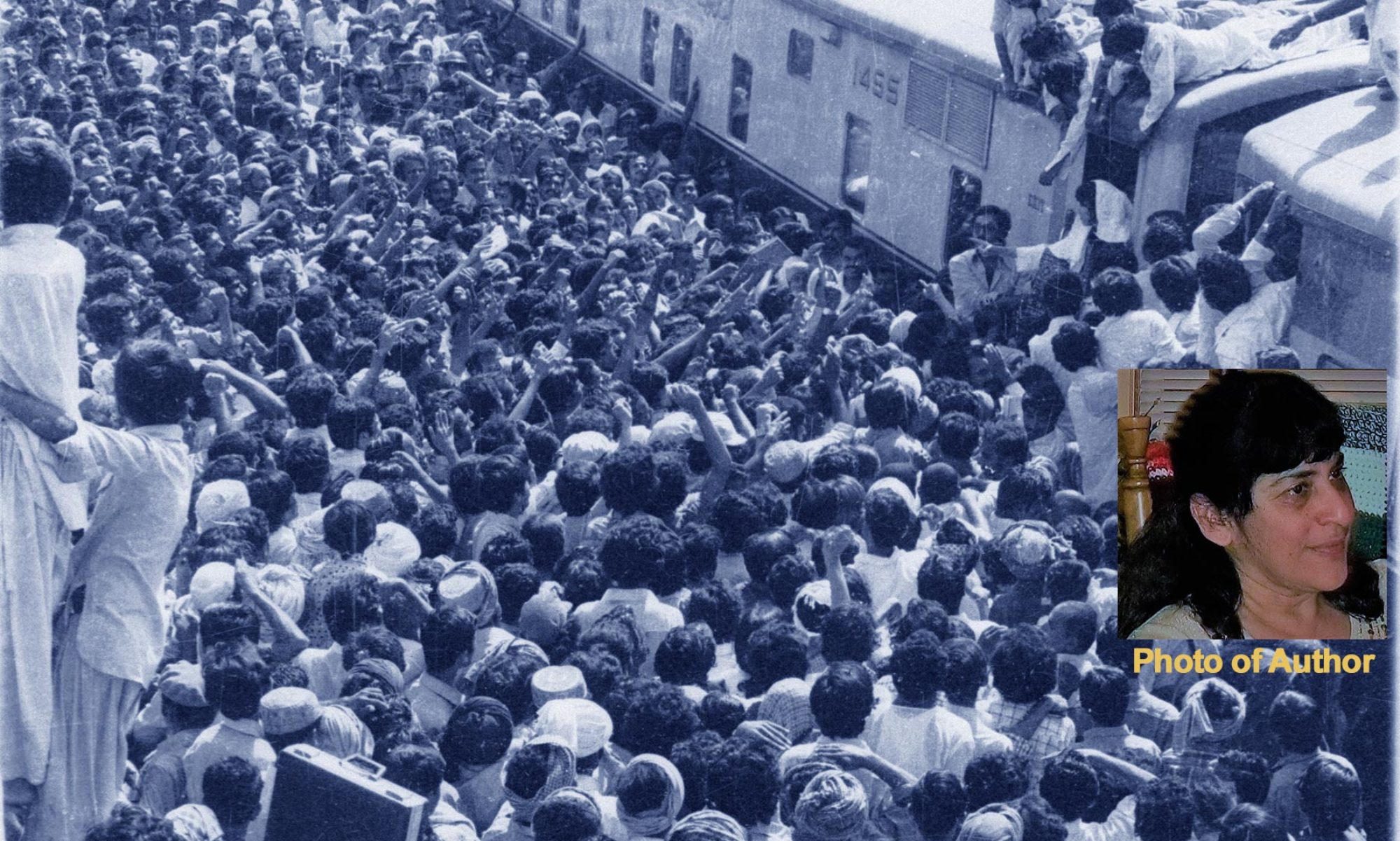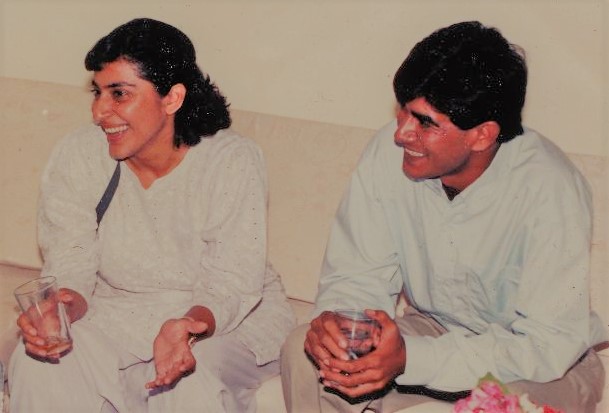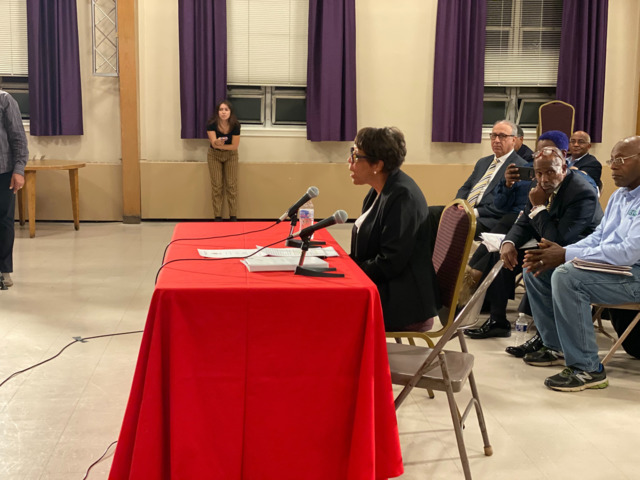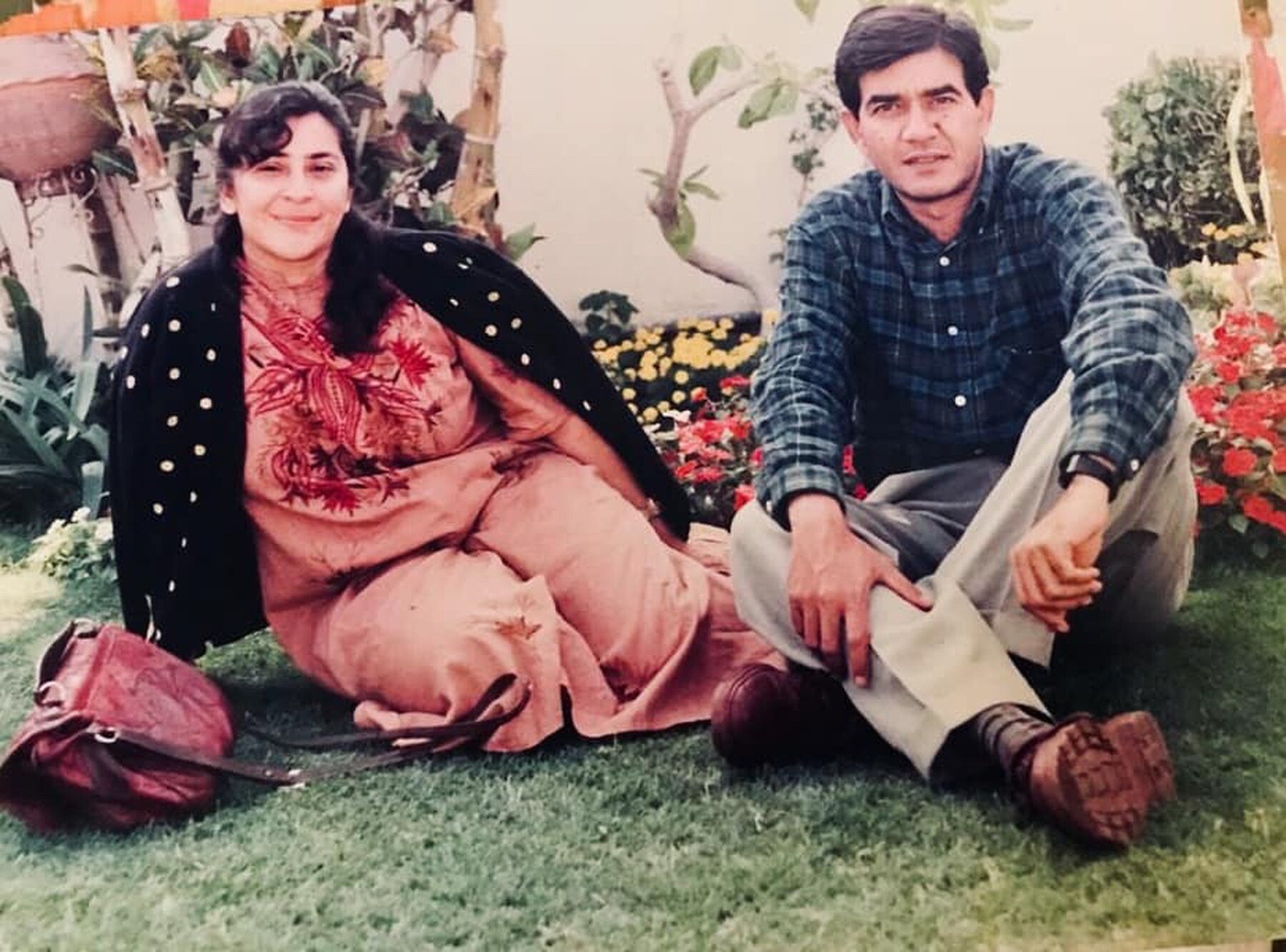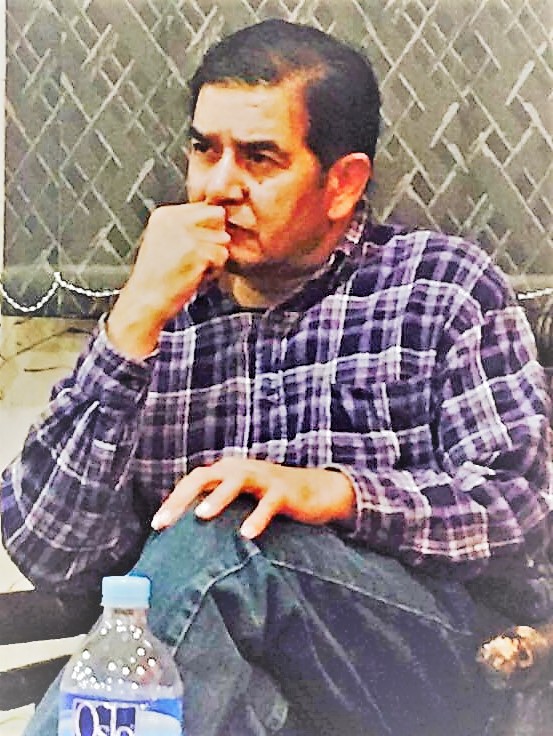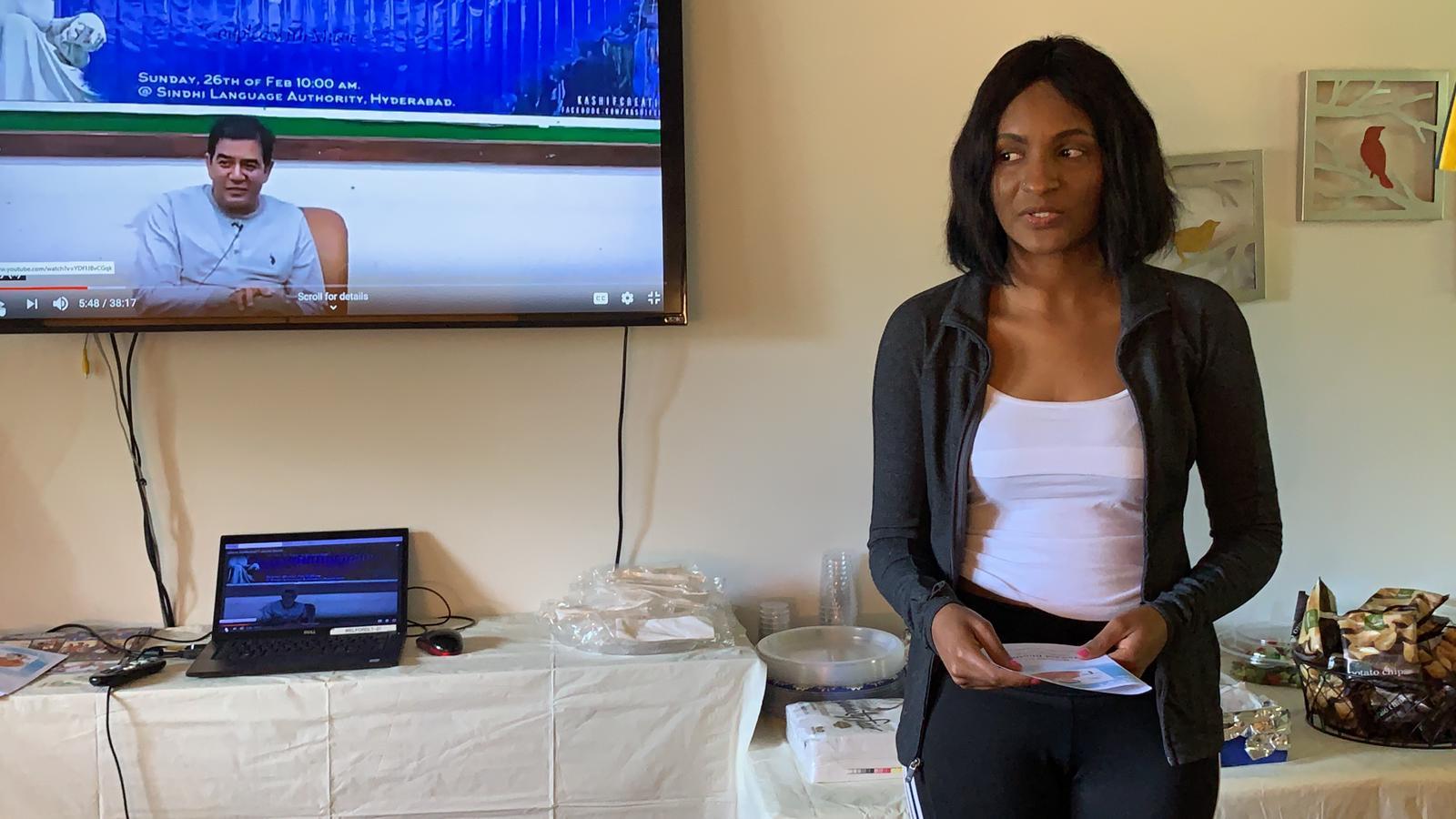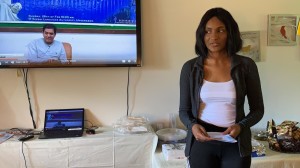Over 5,000 people tweeted in support of Jawaid Bhutto on June 27 from 10 am to 12 pm to demand that DC stop secretly dumping criminals from St. Elizabeth Psychiatric Hospital into residential settings.
The Twitter trend logged sixth in Pakistan, which was lit up on other issues of concern inside the country like China India conflict petrol, electricity and governance. Justice4JB trended as a purely human rights issue with people demanding answers from the US judicial system.
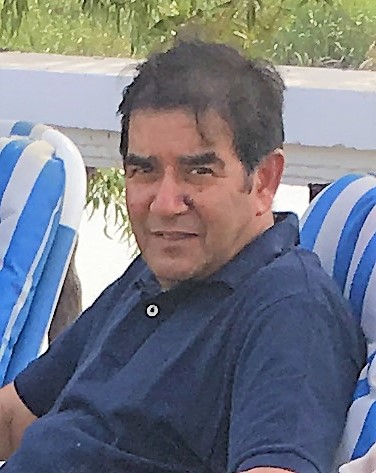
As evening fell in Pakistan, people in the US awoke and began tweeting in support of JB. They linked the tweets to the DC Council and to the US and Pakistan embassies, drawing attention to a broken system that endangers the lives of good, hardworking people that come to this country
This is only the first in the beginning of a campaign, in which we have sued Washington DC for depriving us of our beloved philosopher and humanist Jawaid Bhutto. A deeply knowledgeable philosopher, Jawaid had blossomed to enlighten the world – before a madman took his life. We believe there are many crazy criminals who prey on the lives of innocent citizens. Therefore for us, the real insanity is in the system. We honor Jawaid’s relentless struggle for the poor and oppressed and will work to ensure that justice is served.
